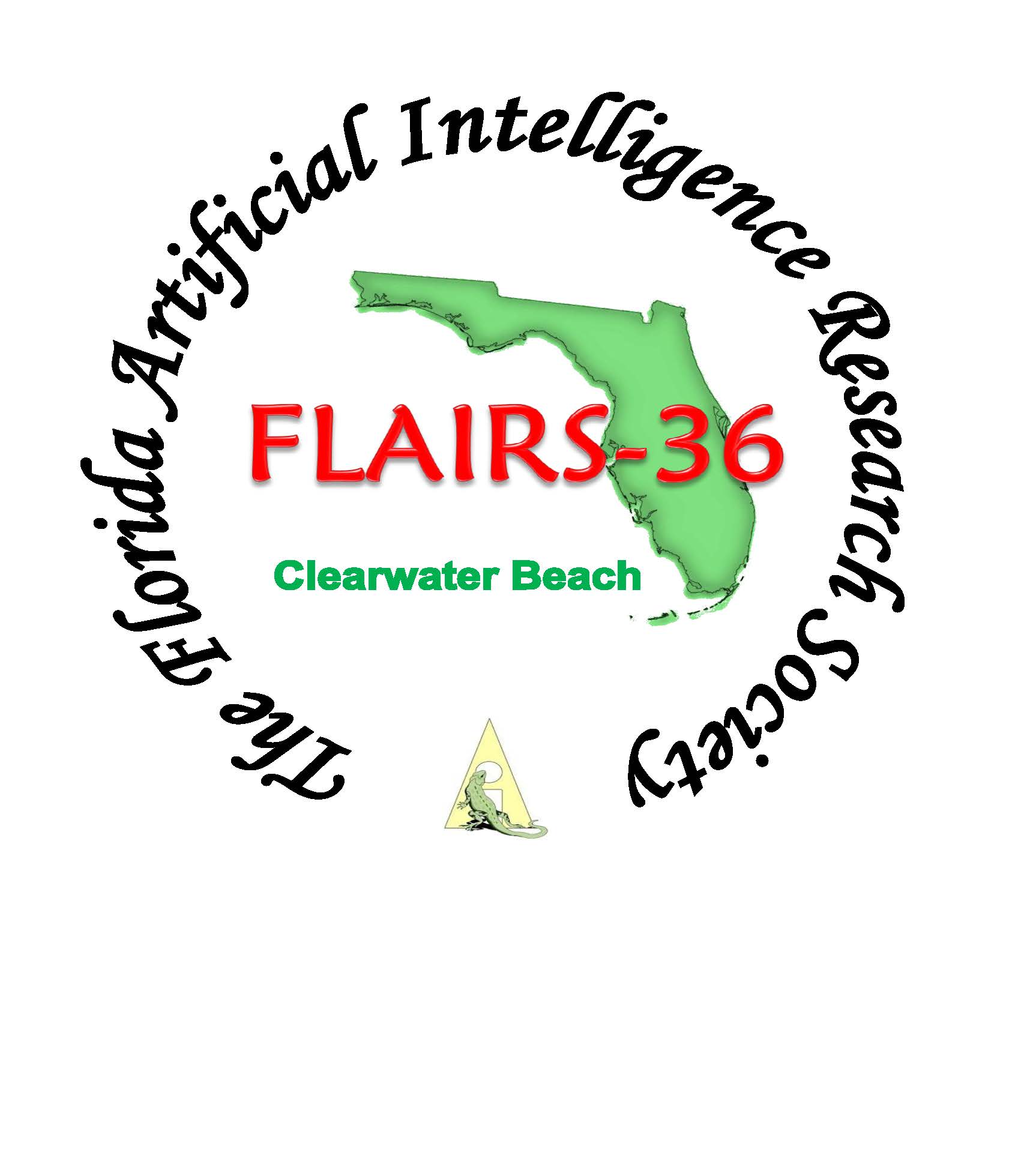Learning to Take Cover with Navigation-Based Waypoints via Reinforcement Learning
DOI:
https://doi.org/10.32473/flairs.36.133348Keywords:
Reinforcement Learning, Ray casting, Waypoints, Behavior representation, NavmeshAbstract
This paper presents a reinforcement learning model designed to learn how to take cover on geo-specific terrains, an essential behavior component for military training simulations. Training of the models is performed on the Rapid Integration and Development Environment (RIDE) leveraging the Unity ML-Agents framework. This work expands on previous work on raycast-based agents by increasing the number of enemies from one to three. We demonstrate an automated way of generating training and testing data within geo-specific terrains. We show that replacing the action space with a more abstracted, navmesh-based waypoint movement system can increase the generality and success rate of the models while providing similar results to our previous paper's results regarding retraining across terrains. We also comprehensively evaluate the differences between these and the previous models. Finally, we show that incorporating pixels into the model's input can increase performance at the cost of longer training times.
Downloads
Published
How to Cite
Issue
Section
License
Copyright (c) 2023 Timothy Aris, Volkan Ustun, Rajay Kumar

This work is licensed under a Creative Commons Attribution-NonCommercial 4.0 International License.


